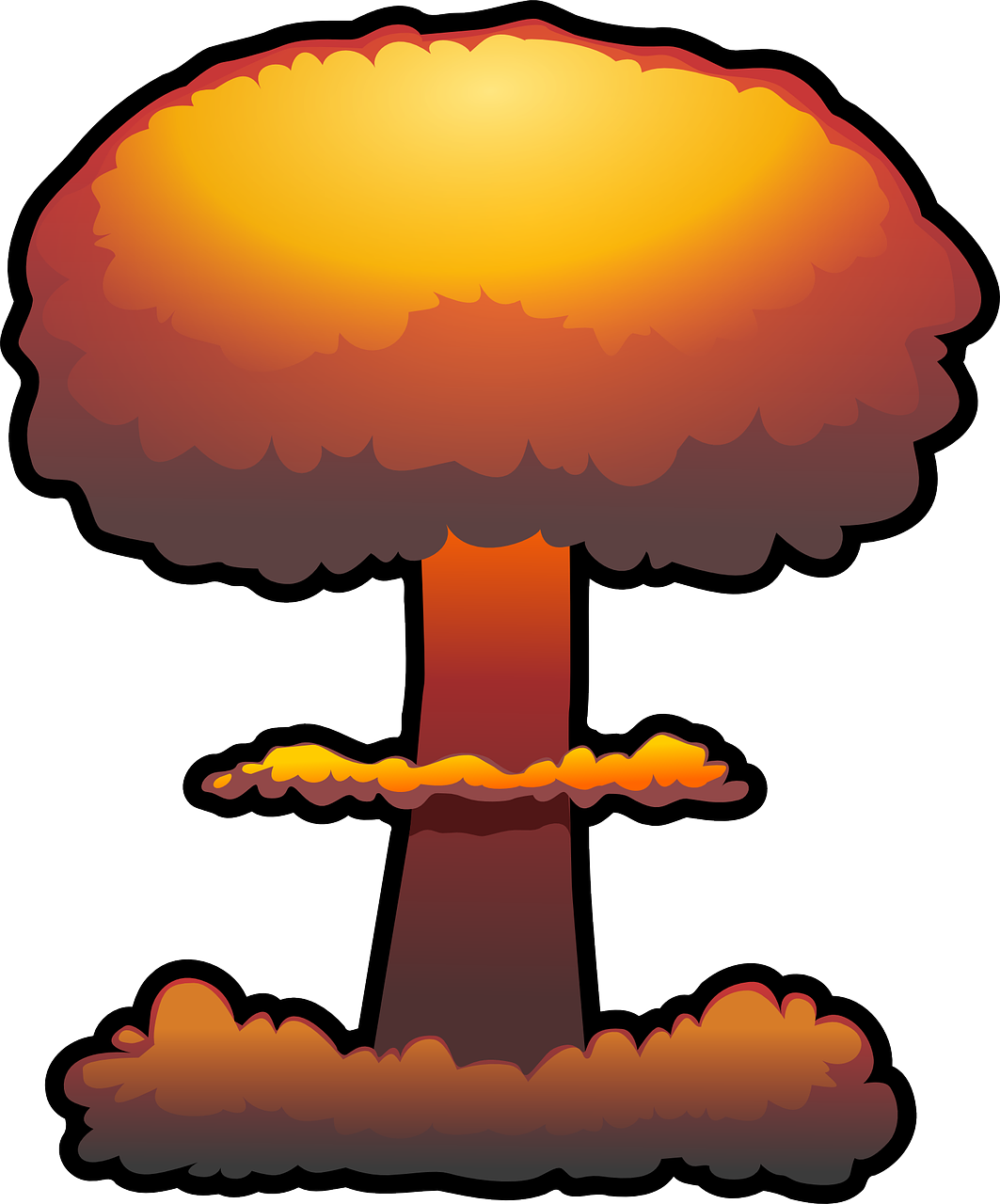
Looking to breathe some life into your post-apocalyptic world and make it a little bit different than your typical end of the world scenario? Well, look no further. This series will do just that.
War… war never changes.
A post-nuclear wasteland is one of the most prominent, and chilling takes on the apocalypse, because it is something we can imagine. The fallout of such an event is something that we have been able to observe to some degrees. Accidents involving radioactive fallout such as the meltdown of the nuclear reactor in Chernobyl or the more recent danger of radioactive material leaking from the damaged nuclear power plant in Fukushima after the earthquake and tsunami are still burned deeply into our collective psyche. And there are still people living with the aftermath of the atomic bombs that were dropped on Hiroshima and Nagasaki at the end of World War II. People that we know lived in constant fear of nuclear attack during the Cold War. Villains and terrorists getting their hands on a nuclear device or at the very least radioactive material is still a common plot point in many thrillers and action films.
A person could literally throw a stone in our entertainment and hit something that uses this theme as their backdrop. One of the most notable is the Fallout video game series where the player takes on the roles of survivors of the Wastelands exploring the various features of the post-apocalyptic wasteland. The Wasteland series of video games, also started by Interplay studios, allows the player to explore a post-nuclear North America.
So is it really any wonder that it’s still so common a choice for an apocalypse scenario? But what happens after the bombs fall? What happens after we as a species make a decision that there is no coming back from?
Many of the dangers of a post-nuclear world are things that are common in many apocalypse scenarios – mainly that supplies become more scarce the longer things go. A majority of the population is most likely killed by the bombs. Industry as we know it isn’t happening anymore. People are producing the goods we need and use in day to day life. Food isn’t being produced. Machines that break down aren’t able to be fixed as readily as they once were. And growing food in the radiation stained lands is impossible. Reaching distant locations becomes much more of a journey, if not outright impossible as infrastructure has fallen apart. And even if there are sections that are capable of being used by vehicles, you can’t simply stop off at a gas station to fill up the tank. People need to band together for survival, and they must make increasingly difficult decisions in order to continue that survival. It’s difficult to make friends with someone when that person is also competition for your next meal. It’s not hard to see why the media paints survivors as such a dangerous, and oftentimes insane, group of people.
But one of the most persistent dangers and challenges of a post-nuclear world is radioactive fallout from the bombs. Radiation stains the land, poisoning it and making it impossible to use. Just being present near a radioactive site is enough to cause lasting damage or even instant death if the radiation levels are still high enough. Even if it doesn’t kill you, the threat of mutation is ever present – and not just to yourself. You are going to have to come to terms with the fact that the landscape around you has been irrevocably altered. Creatures that were once no threat to you may have mutated into something more dangerous that you are going to have to contend with. As generations go by, you may even find yourself dealing with completely new creatures that never would have existed otherwise.
But community is still a powerful thing, and when forced together for your very survival you may find yourself working, living, and depending on people you would have never considered in any other lifetime. Age, background, history, none of that can matter if that person has a skill set or a trade that can make your life easier in exchange for your skills making his easier. But without easy (or any) access to long distance communication, communities are often times much smaller than they would normally be – a handful of people here, a few dozen survivors there, or a small collection of houses near an easily defensible point. Sure large cities of upwards of hundreds of people still exist, but they’re the exception instead of the rule. Regardless of what it looks like, community can be a powerful story telling tool for a GM to play with.
With this kind of setting, it’s very possible to have a game that is very, very bleak. Community and connections between the PCs and important NPCs is going to be your key towards focusing on the light instead of the darkness for this kind of game. It can be difficult, but there’s a lot you can do to focus on starting to rebuild the world, or at least stop it from spiraling further out of control.
Obviously a post-nuclear setting is going to fit into a modern or sci-fi themed game much more easily than it is a high fantasy game. But as the week goes on, we’ll discuss some apocalyptic scenarios that can be used within those constraints as well.
